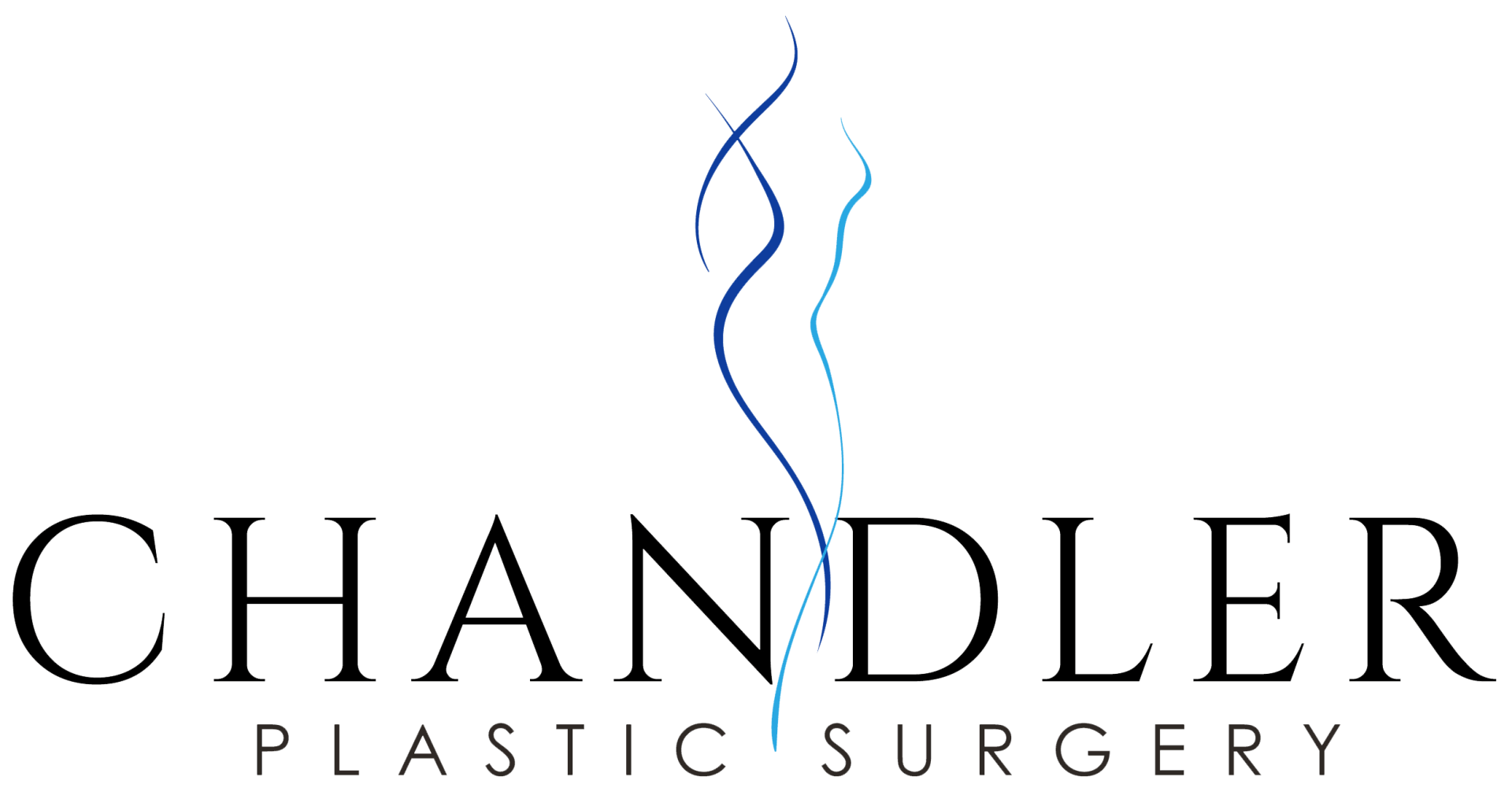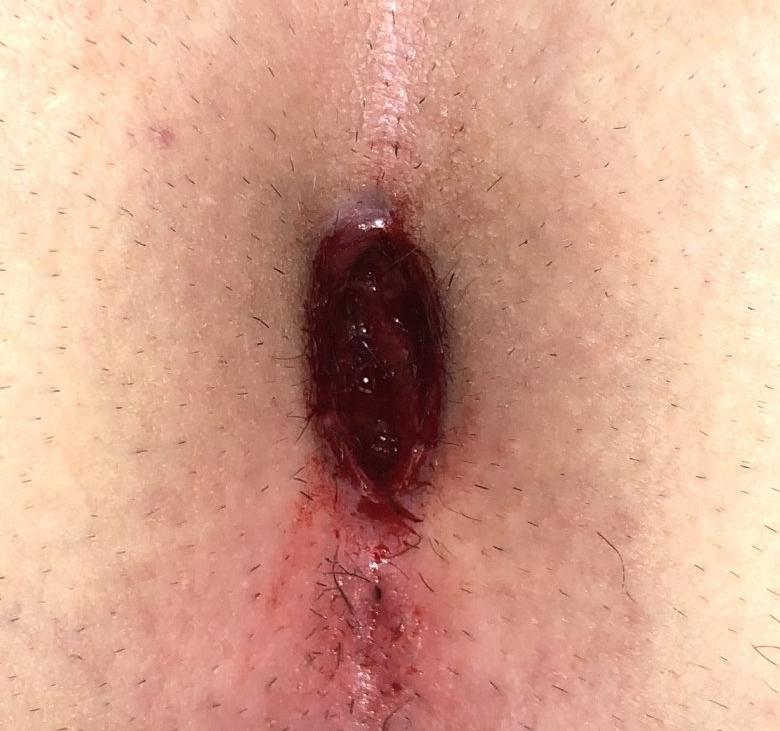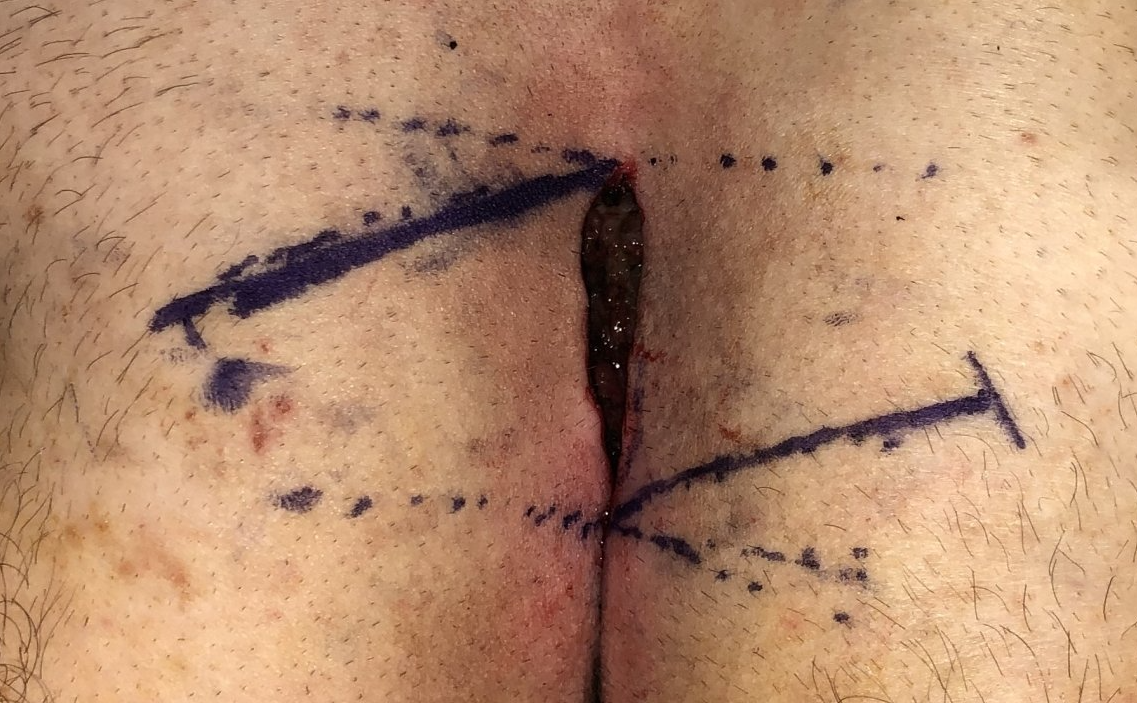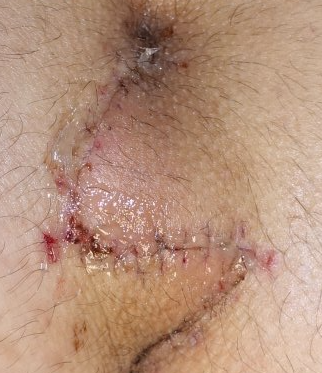PILONIDAL CYST TREATMENT
Pilonidal Cysts and Sinus Tracts
What is a Pilonidal Cyst?
How is Pilonidal Disease Treated?
- Excision and Primary Closure - With this option, healing time is shorter, but there is a higher risk of pilonidal cyst or sinus tract recurrence. This is because the incision is closed with sutures in a straight line, which leaves the incision directly over an area of high pressure and also an area that has a tendency to be moist. The coccyx bone lies directly below the skin closure, resulting in high risk for wound breakdown because there will be pressure on the suture line during sitting and lying on your back.
- Excision and Leaving the Wound Open - The cyst or sinus is excised and the wound is left open to heal slowly over time. The wound is often packed with dressing to allow it to heal by "secondary intention" (healing from the inside out). This process results in a longer healing time but usually a lower risk of recurrence. However, in some cases the wound may never heal due to scar tissue buildup, infection or creation of a chronic wound environment by certain enzymes in the wound called matrix metalloproteinases.
- Excision and Reconstruction with Flap Procedure - This is Dr. Chandler's preferred option of closure. Flap closure allows the suture line to be moved out of the gluteal crease and avoids a closure that is directly over the midline, avoiding high pressure and excess moisture. Two methods Dr. Chandler uses are the Z-plasty technique and the Karydakis flap technique. The downside of flap closure is slightly longer surgery and larger scars, but with a chance for better healing, with a lower cyst recurrence rate and lower risk of wound breakdown. Z-plasty involves the creation of two triangular flaps around the area that are then transposed across each other.
What should I expect on the day of surgery?
The surgery is performed in an operating room under anesthesia, so you won't feel anything during the procedure. In addition, long acting local anesthesia is injected during the procedure for pain control. The procedure takes about 90 minutes and is done on an outpatient basis, meaning you will go home the same day with instructions on how to care for the area. Temporary drains are used to eliminate any excess fluid, which usually stay in place for one week after the procedure. Pain medication and antibiotics are provided to be taken while you are at home. There will be restrictions on sitting for two weeks after surgery with a graduated sitting protocol after those two weeks. There are no restrictions on standing, walking or lying on your stomach. Lying on your back should be limited if possible. Standing during bowel movements is recommended, and keeping the area clean is important. Bacitracin ointment should be applied frequently over the suture line after 48 hours when the dressing is first changed.

